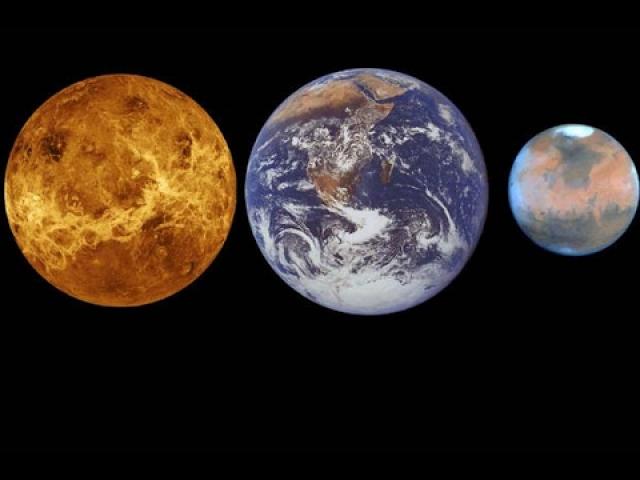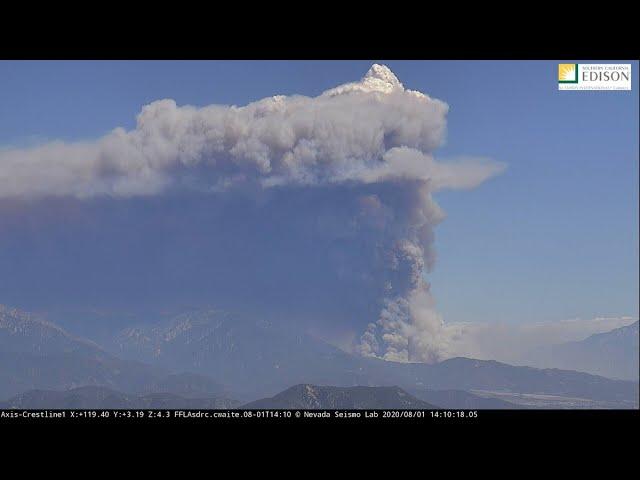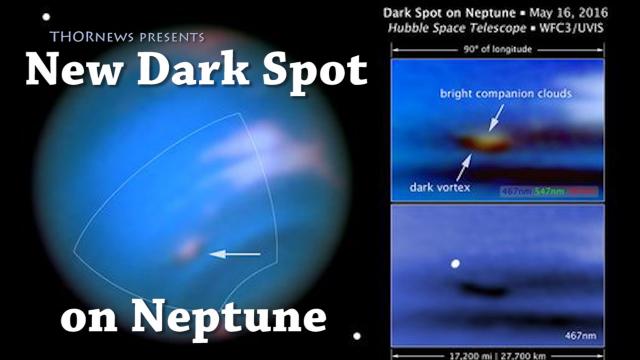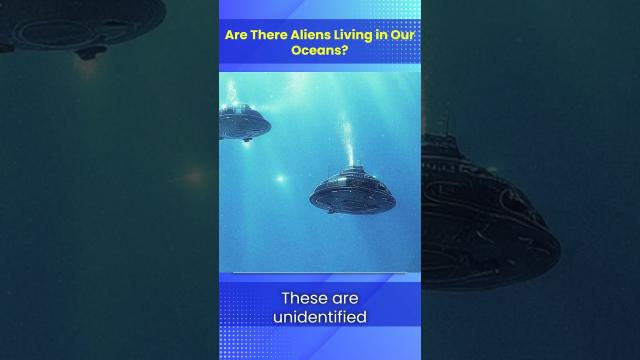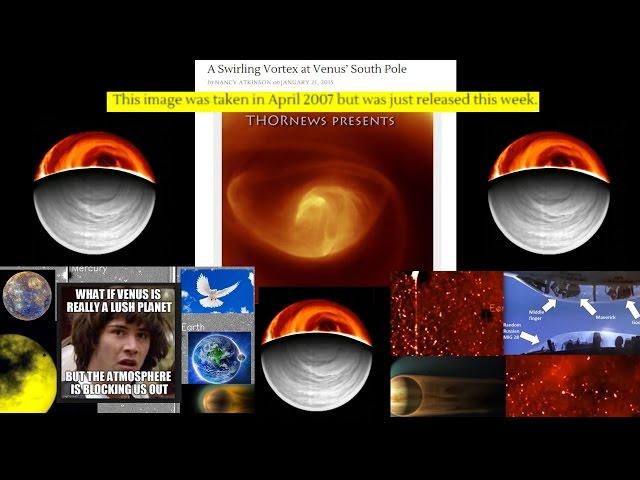Snowball planets might have living Aliens + Volcanoes & Changing Climate
Description
Marcus is a great bass player & a cool guy.
God bless everyone,
T LEWISON
5430 BIRDWOOD RD. #416
HOUSTON TEXAS 77096
HTTPS://WWW.PAYPAL.ME/THORNEWS
www.venmo.com/TEric-Lewison
$THORnews on CashApp
Https://www.paypal.me/thornews
https://www.patreon.com/thornews
the article
https://www.space.com/snowball-alien-planets-support-life.html
'Snowball' Planets Might Be Better Abodes for Life Than We Thought
By Mike Wall 4 days ago Science & Astronomy
Frozen worlds could still have patches of habitable land.
Frozen alien worlds might be capable of supporting a greater diversity and complexity of life than previously thought, a new study suggests.
Researchers already knew that life can persist on frigid "snowball" planets, which sport sea ice all the way down to their equators. After all, this happened on Earth, which has gone through several snowball phases during its long history.
"But all of our life was in our oceans at that time," study lead author Adiv Paradise, an astronomer and physicist at the University of Toronto, said in a statement. "There’s nothing about the land."
The new study addresses this knowledge gap. Paradise and his colleagues performed thousands of 3D computer simulations, modeling the climates of theoretical snowball planets with a wide variety of continent configurations, stellar energy inputs and carbon-dioxide levels.
CO2 is a particularly important variable for modelers, since the concentration of this heat-trapping gas is one of the biggest climate drivers on a planet. We're seeing that on Earth today, where temperatures are rising at an alarming rate because we're pumping huge amounts of CO2 into the atmosphere.
When there's not enough CO2 in the air, on the other hand, a planet can go snowball. Rainfall and erosion can make this happen, geologists think: Water reacts with CO2, generating carbonic acid, which then reacts with rocks and gets bound up in minerals. These minerals eventually make their way to the ocean, where they're locked up on the seafloor.

